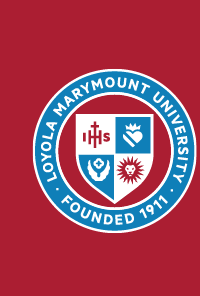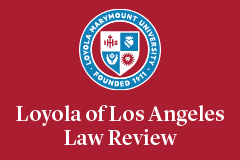Abstract
Securities class actions are the most economically significant form of litigation. Highly skilled lawyers expend huge sums and relentless efforts in these matters but because of the costs involved and the potential for enormous liability very few of them ever make it to trial. This Article is the story of one that did, a mammoth fraud where a jury returned a $1.5 billion verdict that, with interest, increased to almost $2.5 billion by the time the case reached the appellate court.
There the Court upheld the shareholders’ theory that their damages could be measured by the excessive amounts they had to pay for their shares whose value was artificially inflated by the defendants’ false financial statements. In doing that the appellate panel significantly strengthened the potential claims of shareholders in these actions by accepting a new approach to reckoning their losses called the “leakage model.” It allows damages to be determined by fixing the decline in the price the stockholders paid for their shares from the time news of the fraud first becomes available, rather than when the defendants ultimately acknowledge their wrongdoing.
Thanks to the unyielding work of their lawyers, the case was a grand success for the shareholders, returning them a significant percentage of the money they lost. Yet it took 14 years to litigate and initially cost the plaintiffs’ attorneys, who bore all their clients’ expenses, over $30 million. If we are truly committed to achieving justice in these shareholder frauds the law must find a more expeditious way to deter such wrongful conduct and compensate investors like these who are cheated.
Recommended Citation
Daniel J. Morrissey, Guardians of the Galaxy: How Shareholder Lawyers Won Big for Their Clients and Vindicated the Integrity of Our Economy, 51 Loy. L.A. Rev. 199 (2018).


